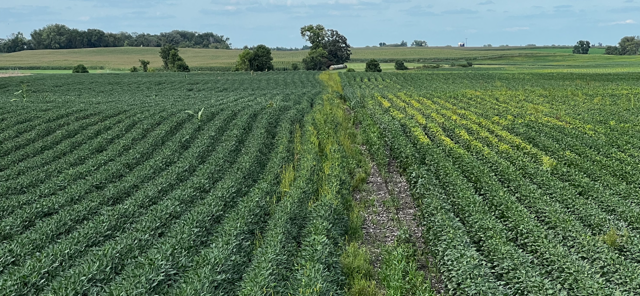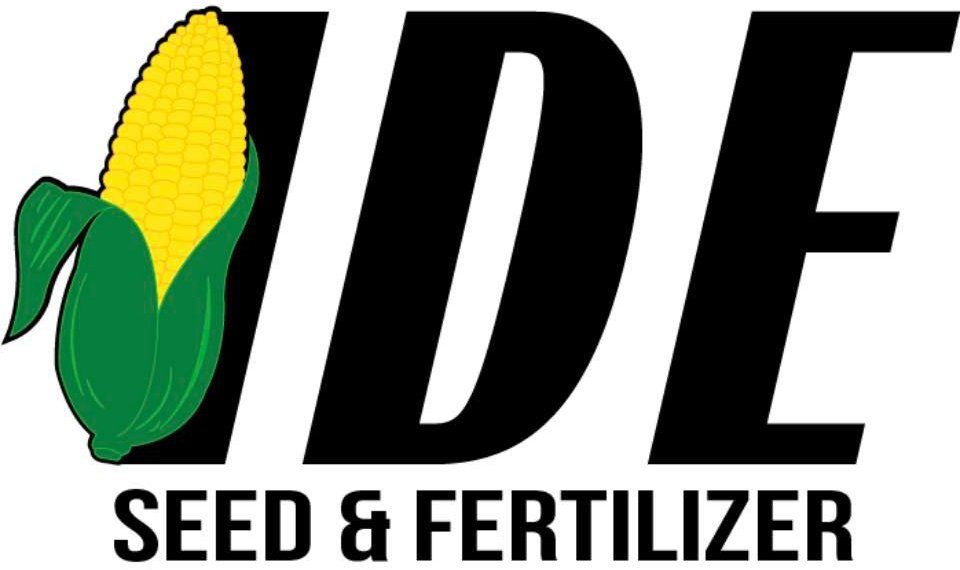The Research is In: Your Fields Can Thrive and Not Just Survive
In the ever-evolving world of agriculture, staying ahead of the curve isn't just about survival—it's about thriving. At Ide Seed & Fertilizer, we've always said, "Feed your soil. Feed your family." Today, we're excited to share how local research is backing up this philosophy and offering a path to financial stability and improved yields for 2025 and beyond.
The Complexities of Soil Science
Soil isn't as simple as we once thought. As one expert put it, "Soil science is not rocket science—it's much more complicated than that!" Technologies and understanding have advanced at a rapid pace, introducing concepts that weren't even on our radar a decade ago.
Take Water Extractable Organic Carbon (WEOC), for instance. Ten years ago, it was barely mentioned. Now, the University of Minnesota explains that the conversion of nitrate into a form plants can use is a biological function. This shift in understanding is changing how we approach soil health and crop management.
What You See Isn't Always the Full Story
We've all heard the saying, "A picture is worth a thousand words." But in agriculture, pictures can also lead to misleading assumptions. Consider this: we compared the two soybean fields from two different farmers (pictured below).Their soil tests and color were nearly identical, but their yields were significantly different. The quick assumption might be that the soil is lacking something. However, our research tells a different story.

At Ide Seed & Fertilizer, we challenged our growers to participate in the "one-field challenge." We examined two spots in a single field—one high-yielding and one low-yielding. Working with the Agronomy365 lab, we discovered something: in over 75% of cases, the high-yielding areas actually had lower P and K levels but better WEOC in relation to the CEC's (cation exchange capacity). Conversely, the standard lower-yielding areas had higher P and K levels but a lower WEOC/CEC ratio.
These results contradict conventional wisdom. They show that the "more on" approach isn't always the answer. In fact, our research indicates that WEOC levels this year have only decreased by about 10% compared to the last three years.
So why all the yellow corn? The answer lies in years of neglecting to feed the WEOC with practices like manure application, leading to critically low levels. This year's harsh conditions finally exposed those issues.
Balancing Nutrients and Feeding Microbes
Our research also helps explain Liebig's Law of the Minimum. By focusing on soil microbes, we can actually even out the nutrients available for the plant, resulting in a more balanced crop with higher yields. This approach is more effective than simply adding more of a specific nutrient that might be limited, especially since the limiting nutrient can change from year to year.
So, how do we build WEOC and feed the microbes? Well, it's not a one-size-fits-all solution. Like feeding livestock, microbes need a diverse "diet."
Options include:
- Cover crops (effective but require time and different management)
- Sugar (quick stimulant)
- Humic or fulvic acids (slower release)
- QLF molasses
- BW Fusion products likeBW Meltdown
The key is providing a "buffet" of options to ensure your soil biology has what it needs in any given year. This approach makes added fertility more efficient, saves you money, and increases yields.
Easing Stress for 2025 and Beyond
By making soil health a priority, we can lower the risk of poor yields, reduce disease and insect pressure, have more control over stresses, and boost confidence in achieving high yields. Seed genetics have driven the increase in yields in recent years, despite declining WEOC. Imagine the possibilities that would come from combining improved WEOC levels with advanced genetics!
This isn't about spending more on fertilizers next year—it's about reallocating your funds more effectively. By being proactive and investing in your soil health, you're setting the stage for financial stability and improved yields in 2025 and beyond.
Don't let the stress of low yields control you when you have the opportunity to take control of the results. At Ide Seed & Fertilizer, we're here to help you make informed decisions based on solid, local research. Let's work together to get your soil in good health and your farm thriving, not just surviving.
Ready to take the next step?
We're ready to help you turn research into real results in your field.
